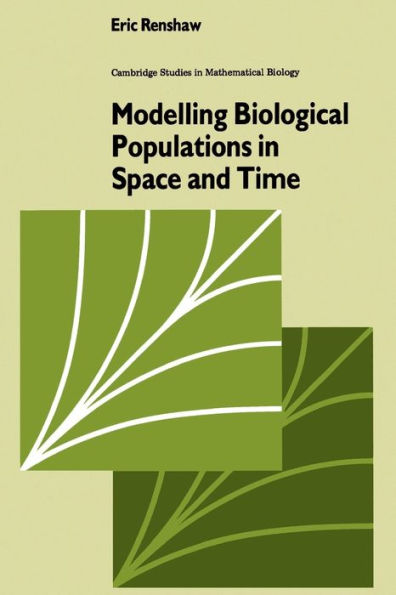Modelling Biological Populations in Space and Time
This volume develops a unifying approach to population studies that emphasizes the interplay between modeling and experimentation and that will provide mathematicians and biologists with a framework within which population dynamics can be fully explored and understood. A unique feature of the book is that deterministic and stochastic models are considered together; spatial effects are investigated by developing models that highlight the consequences that geographical restriction and species mobility may have on population development. Model-based simulations of processes are used to explore hitherto unforeseen features and thereby suggest further profitable lines of both experimentation and theoretical study. Most aspects of population dynamics are covered, including birth-death and logistic processes, competition and predator-prey relationships, chaos, reaction time delays, fluctuating environments, spatial systems, velocities of spread, epidemics, and spatial branching structures.
1100958596
Modelling Biological Populations in Space and Time
This volume develops a unifying approach to population studies that emphasizes the interplay between modeling and experimentation and that will provide mathematicians and biologists with a framework within which population dynamics can be fully explored and understood. A unique feature of the book is that deterministic and stochastic models are considered together; spatial effects are investigated by developing models that highlight the consequences that geographical restriction and species mobility may have on population development. Model-based simulations of processes are used to explore hitherto unforeseen features and thereby suggest further profitable lines of both experimentation and theoretical study. Most aspects of population dynamics are covered, including birth-death and logistic processes, competition and predator-prey relationships, chaos, reaction time delays, fluctuating environments, spatial systems, velocities of spread, epidemics, and spatial branching structures.
116.0
In Stock
5
1

Modelling Biological Populations in Space and Time
424
Modelling Biological Populations in Space and Time
424Paperback(Reprint)
$116.00
116.0
In Stock

Product Details
| ISBN-13: | 9780521448550 |
|---|---|
| Publisher: | Cambridge University Press |
| Publication date: | 08/26/1993 |
| Series: | Cambridge Studies in Mathematical Biology , #11 |
| Edition description: | Reprint |
| Pages: | 424 |
| Product dimensions: | 5.91(w) x 8.94(h) x 1.18(d) |
From the B&N Reads Blog
